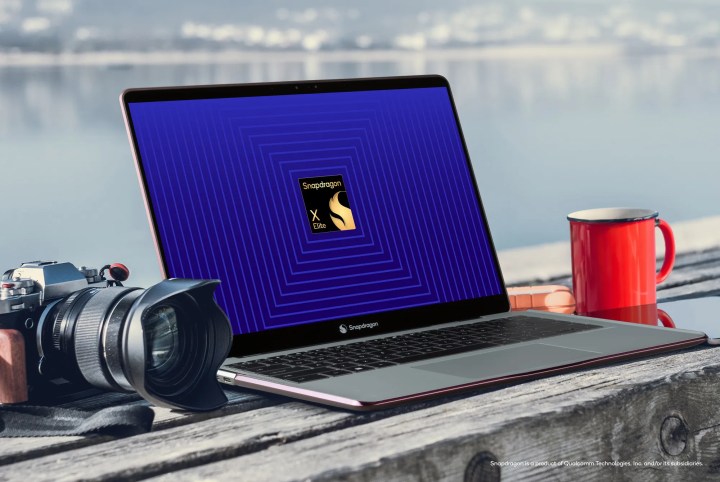
It’s happening. No, really, for real this time. And yes, I know this has been said every year for the past decade. And that there are plenty of reasons to be skeptical that ARM-powered Windows machines will ever go mainstream.
But this week, a few really important announcements reports came to light that are clearing the path for a transition to ARM that is more than just overambitious hype. This time, it really could work.
Qualcomm is finally stepping up

Qualcomm was hosting its annual Snapdragon Summit this week, and included in the announcements was the Snapdragon X Elite, a serious PC chip that is claimed to be faster than both Intel and Apple. This is far from Qualcomm’s first rodeo when it comes to PC chips, but according its claims, it might be the first that really matters. The Snapdragon 8cx chips of the past few years received very lackluster support from PC manufacturers, despite every attempt by Qualcomm to make it happen.
The problem with adoption was always twofold: performance and app support. Qualcomm’s claims with chips like the Snapdragon 8cx Gen 3 was always that it was competitive with Intel’s mobile chips, but never that it offered a serious advantage. It was always battery life and 5G connectivity that it had to lean on. It had no solution for high-performance laptops, where Intel continued to dominate with its H-series chips, even as Apple’s MacBook Pros seemed to compete with no problem, despite also being based on ARM processors.
The second hurdle is with app support. The gap in compatibility for important applications that people rely on every day made switching to one of these Qualcomm laptops a huge challenge — even for those who were interested in the benefits of them. Famously, Google Chrome was an application that didn’t have a native app compiled for the ARM system architecture when the Surface Pro X originally debuted. Emulation of these apps has been notoriously sluggish, and getting developers to properly port them over has been difficult. It’s a chicken-or-egg problem, of course, but Microsoft has hedged its bets since the disaster of Windows RT, opting to quietly provide resources, but not apply pressure to developers.
The result has been a little to no momentum in making Qualcomm’s ARM chips a viable alternative to Intel or AMD — let alone Apple.
The broader landscape
If the hope for a larger transition from x86 to ARM solely relied on Qualcomm, I would remain skeptical. But a report came out this week stating that both Nvidia and AMD were developing ARM-based chips made specifically for Windows machines. This is where things really get interesting. Because as impressive as Qualcomm’s new chips look, allowing existing players in the game is essential if Microsoft and laptop manufacturers who want the trend to take off.
According to the report, Qualcomm had an exclusivity deal with Microsoft, preventing other competitors from building ARM-powered chips for Windows. But with that deal ending in 2024, we’re finally going to see the other big chip companies get in on the action. With multiple chip manufacturers making ARM chips, I’m hoping Microsoft will feel far more confident in enticing developers to ARM.
We’re already seeing progress in this regard. As part of Qualcomm’s launch event, we learned that popular video editing software DaVinci Resolve would run natively on ARM in Windows. Of course, Resolve was already compiled for Apple Silicon, but it’s another good sign for the future of Windows on ARM. Some other important creative software, like Adobe Lightroom and Photoshop, are already available for Windows on ARM.
And based on what we’ve seen from Apple’s startling success in the Mac world, you can probably see why just about every company (except Intel) would want to push for ARM on Windows. The extreme efficiency shown by the M1 and M2 chips allows for previously unheard of battery life and performance per watt. It’s allowed Apple to make laptops like the M2 Max MacBook Pro that can compete with discrete graphics with all the heat. Just imagine a thin, proper gaming laptop that doesn’t make your palms sweaty or spin up like a jet engine.
I’m not saying Windows on ARM is going to overtake x86 over night. It may take many, many years. But I can see the way now, and in the long run, that’ll be a very good thing for Windows PCs.
Editors' Recommendations
- Even the new mid-tier Snapdragon X Plus beats Apple’s M3
- Here’s proof that Snapdragon X Elite laptops can play hit games without issue
- A huge barrier just fell for Windows on Arm
- Qualcomm says its new chips are 4.5 times faster at AI than rivals
- Dell’s first Windows 11 ARM laptop is priced like a Chromebook


